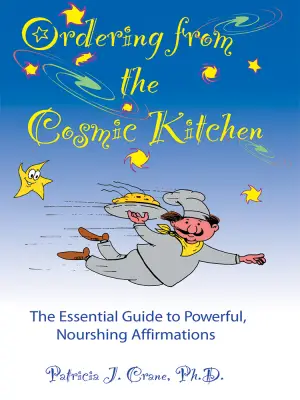A Timeless Dance of Sense and Sensibility: A Personal Reflection on Austen’s Debut
From the moment I immersed myself in the world of Jane Austen’s Sense and Sensibility, I felt a profound connection to the delicate interplay between reason and emotion—a theme that beautifully underscores our own lives. Austen’s insightful exploration of societal norms and personal dilemmas felt almost contemporary, making it easy to forget that this gem was first published in 1811. It invites readers to reflect on the eternal struggle between the heart’s desires and the mind’s judgments, and for that, I couldn’t resist sharing my thoughts.
The Heart of the Matter: Characters and Themes
At the center of this rich narrative are the Dashwood sisters, Elinor and Marianne, whose contrasting yet intertwined journeys provide a perfect canvas for exploring the book’s titular themes. Elinor, the embodiment of sense, quickly became my favorite. Her practicality, resilience, and quiet strength resonate deeply, reminding me of the importance of self-control in a tumultuous world. Conversely, Marianne, with her unabashed displays of sensibility, frustrated me at times. Her passionate nature, while at first admirable, became difficult to sympathize with as she flitted between suitors, lacking the depth that I had hoped to find in her character.
The plot begins with the untimely death of Henry Dashwood, leaving his second wife and their daughters in a precarious financial situation. The ensuing struggle underscores the constraints placed on women during this period, as they navigate a landscape fraught with societal expectations and economic dependence. The Dashwood sisters’ journey to Barton Cottage—and the life lessons that unfold—captures our imaginations while shining a light on the endurance of familial bonds and social structures.
Austen’s Craftsmanship: Style and Pacing
As expected from Austen, the writing is nothing short of exquisite. The prose is both elegant and witty, with a keen sense of irony that adds layers to every interaction. For example, when Elinor advises Marianne with, “Know your own happiness. You want nothing but patience—or give it a more fascinating name, call it hope,” the simplicity of the statement belies its profound significance. This quote not only encapsulates the essence of the sisters’ journey but also prompts readers to reflect on their own aspirations and temperaments.
However, while the character development is compelling, the pacing felt uneven at times. There were moments where the narrative lingered a bit too long on emotional displays, drawing me away from the plot’s urgency. I found myself yearning for deeper exploration into certain supporting characters, which, while frustrating, can be forgiven given that this was Austen’s first published work.
In Conclusion: A Classic for All
Ultimately, Sense and Sensibility provided a richly rewarding reading experience—one filled with humor, heartache, and the timeless dance between sense and sensibility. It offers a mirror to our own lives, inviting introspection on how we manage our passions and principles. I can wholeheartedly recommend this novel to anyone who appreciates character-driven stories infused with irony and insight. While Marianne’s portrayal may not have resonated with me as much as I would have liked, the lush world and dynamic storytelling certainly left an impression.
In the end, this book reinforced my belief in the power of literature to reflect our own struggles and triumphs. For anyone looking to explore themes of love, loyalty, and the nuances of human relationships, Jane Austen’s debut is nothing short of a timeless treasure. So, grab a cup of tea and allow this exquisite narrative to transport you to a world that, despite its historical context, feels achingly familiar.















